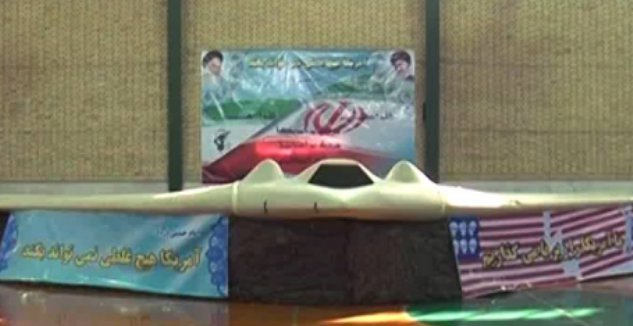 The first CIA RQ-170 Sentinel mission over Iran took place more than three years ago when the aircraft penetrated more than 600 miles inside the country, captured images of Iran’s secret nuclear facility at Qom and then flew home.
The first CIA RQ-170 Sentinel mission over Iran took place more than three years ago when the aircraft penetrated more than 600 miles inside the country, captured images of Iran’s secret nuclear facility at Qom and then flew home.
Analysts at the CIA and other agencies watched carefully for any sign that the aircraft had been detected by Tehran’s air defences on its maiden voyage. “There was never even a ripple,” said a former senior U.S. intelligence official involved in the previously undisclosed mission.
CIA stealth UAS scoured dozens of sites throughout Iran, making hundreds of passes over suspicious facilities, before a version of the RQ-170 crashed inside Iran’s borders in December. The surveillance has been part of what current and former U.S. officials describe as an intelligence surge that is aimed at Iran’s nuclear programme and that has been gaining momentum since the final years of George W. Bush’s administration.
One of those operations was exposed last year, when an RQ-170, flown from an airstrip in Afghanistan, crashed inside Iran. Officials in Tehran have triumphantly claimed credit for bringing the unmanned stealth aircraft down and have released pictures showing the aircraft apparently patched up after the crash. U.S. officials say a technical failure caused the crash.
The former intelligence official familiar with the beginnings of the stealth missions said that there had been pointed debate before deploying the first aircraft over whether it should be equipped with a so-called self-destruction package, which could blow an RQ-170 to bits if it flew off course.
The director of national intelligence at the time, Michael McConnell, was among the high-ranking officials who pushed to have the package installed. But the CIA’s engineering team balked, saying it would add too much weight to the delicately balanced frame.
Despite the setback, U.S. officials said that some surveillance flights continue and that the damage to American espionage capacity overall has been limited. That is partly because the UAS flights were only a small part of a broad espionage campaign involving the NSA, which intercepts e-mail and electronic communications, as well as the National Geospatial-Intelligence Agency, which scours satellite imagery and was the first to spot the uranium enrichment plant at Qom.
Source: The Washington Post

Major thankies for the article post.Much thanks again. Want more.